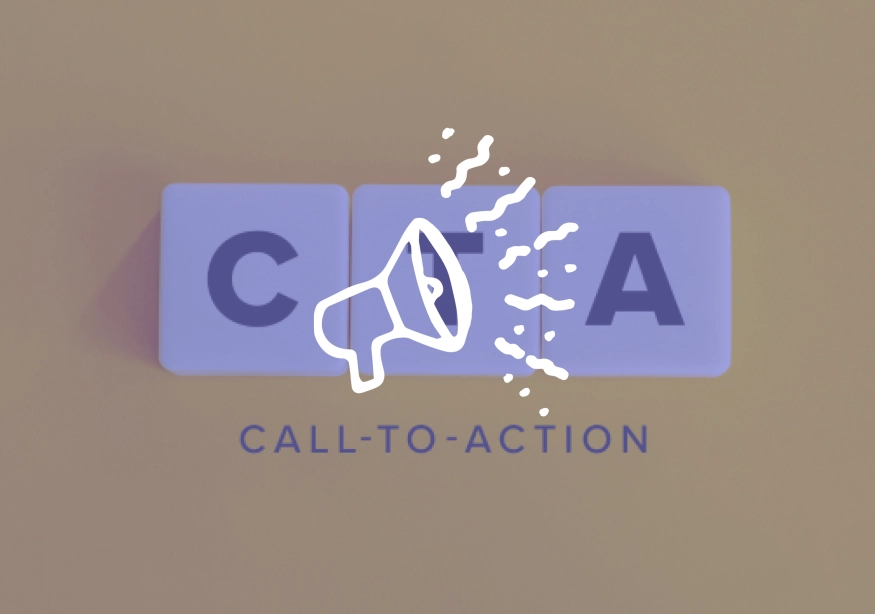In the current digital age, it’s crucial to have an updated CMS that works well for your business. Here at Hounder, we’ve worked on many different projects within Drupal and WordPress. Depending on your needs, one may work better for you than another. If you’re considering making the switch to WordPress from Drupal, we can help you go through a painless process. Keep scrolling to learn more.
WordPress vs. Drupal
While both Drupal and WordPress are powerful, open-source content management systems (CMS), each platform offers distinct advantages depending on your needs. If you're considering a Drupal to WordPress migration, understanding the differences between the two can help guide your decision.
User-Friendliness
WordPress
Widely recognized for its intuitive interface and ease of use, WordPress is designed for non-developers. The platform allows anyone—from beginners to advanced users—to create, manage, and update content without a steep learning curve.
Drupal
While equally powerful, Drupal requires more technical expertise. Customizing a Drupal site often involves coding knowledge, and managing its modules can be more complex. It’s ideal for developers or teams with dedicated technical resources.
Customization & Flexibility
WordPress
With its vast plugin ecosystem, WordPress shines with ready-to-use themes, offering thousands of options for customization without requiring deep coding. It’s especially strong for building blogs, small businesses, or e-commerce sites with minimal development.
Drupal
Drupal offers greater flexibility for complex sites with custom content types and user permissions. It is highly customizable but usually involves custom coding, which is why it's favored by enterprise-level websites, higher education, or government institutions that need advanced functionality.
Security
Drupal
Drupal is a less common CMS, whereas WordPress sites are a dime a dozen, so it’s more common for them to be targeted and pose security threats. Drupal’s granular control over user permissions also enhances security, making it ideal for large organizations with complex data handling needs.
WordPress
Alternatively, WordPress can be equally secure, but due to its popularity and extensive plugin usage, it requires more attention to security best practices, such as regular updates, using trusted plugins, and adding security plugins.
Now that we’ve covered the differences between the two CMS options, let’s dive into how you can make the seamless switch from Drupal to WordPress.


